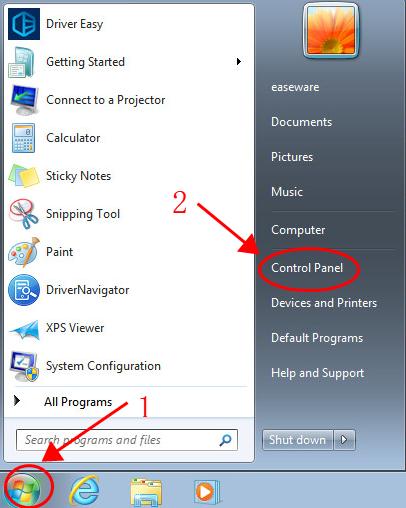

With Microsoft Word, for example, the Jump List would display the last few files the user worked with.ĭirectAccess for Mobile Workers enables IT administrators to update Group Policy settings and distribute software updates any time the mobile device has internet connectivity, whether or not the user is logged on. They appear in the Start menu or the taskbar. Jump Lists are designed to take users to the files and tasks they work with most in an application. Users require a password to join a group. HomeGroup is a network of devices that enables users to share files and folders with the group or on an individual basis. Windows 7 was the first version of Windows that enabled users to pin often-used applications to the taskbar. Users can also easily reach the desktop with the Show Desktop button on the bottom right of the screen, which minimizes all open windows.

With Shake, users can hide all inactive windows to reveal the desktop by clicking the top of an open window and quickly dragging it back and forth. A user can automatically maximize a window by dragging it to the top of the screen. If a user pulls the window off the side, it reverts to the size and shape it was before he snapped it to the side of the screen. Snap enables a user to drag an open window to the left or right side of the screen and have it automatically resize to take up half the screen. Windows 7 introduced the Snap and Shake capabilities. It also features more accurate handwriting recognition.

In addition, Windows 7 was the first version of Windows to support multitouch capabilities. The default library folders include Documents, Pictures and Videos, each of which has a public and private version. Other additions include libraries for storing files. In addition, users can rearrange the applications on the taskbar in any order they see fit. With Windows 7, users can pin applications to the taskbar. In development, Windows 7 was known by the code names Blackcomb and Vienna. Starter, Home Basic and Enterprise editions are available in some markets. The OS is widely available in three retail editions: Windows 7 Home Premium, Professional and Ultimate. As a result, to many end users, the biggest changes between Vista and Windows 7 were faster boot times, new UIs and the addition of Internet Explorer ( IE) 8. It uses the same Aero user interface ( UI) that debuted in Windows Vista. Windows 7 is built on the Windows Vista kernel and was intended to be an update to the Vista OS. Windows 7 is the Microsoft Windows operating system (OS) released commercially in October 2009 as the successor to Windows Vista.


 0 kommentar(er)
0 kommentar(er)
